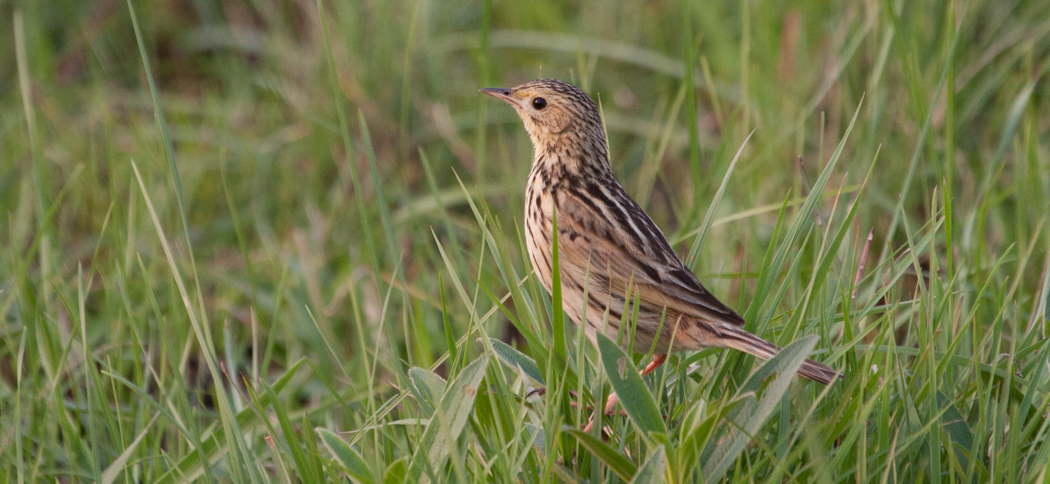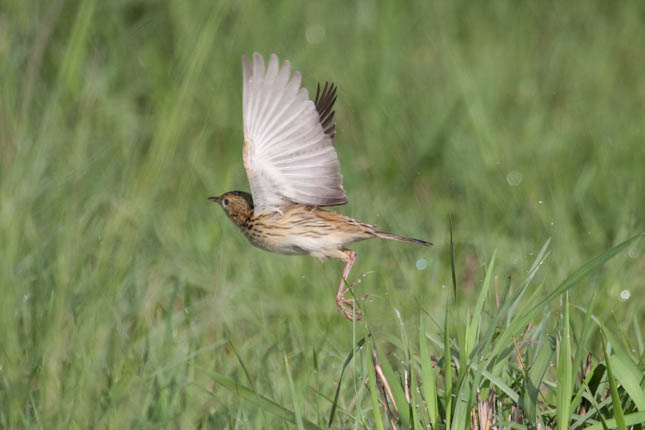
Strange Tails
We're delighted to have a strong population of strange-tailed tyrants at the reserve. So much so that we've adopted these beautiful and endangered birds as the symbol of the Trust
The growing diversity of the animals of Reserva Don Luis is a fresh source of delight every time we return. We don't play favourites, but it's impossible not to engage more with some of our more conspicuous guests. One of these is the strange-tailed tyrant. The male is stoic in his tolerance of one of nature's strangest - and it would seem least practical - adaptations. He's willing to suffer to be beautiful, and somehow manages to fly with tail feathers that were surely designed for a bird three times his size.
We love his perseverance; his resolution to succeed against challenge, and his ability to prove that anything is possible. He's appearing in growing numbers on the Reserva Do Luis, and his success has become an allegory for, and a symbol of, our own.
When we started the process of updating and redesigning our website, we wanted to adopt an image that symbolised our aims and our challenges. This brave little flycatcher, with his indomitable character, was the perfect choice.
The logo is a stylised profile of a male tyrant, silhouetted against the sunrise. We coloured the sun the blue of the Argentinian flag in honour of this country's beauty, its climate and the breathtaking span of magnificent animals that it nurtures.

Bat Research
Our bat team is conducting bat research both in the Ibera Marshes and in other provinces. We are especially concentrating on Misiones at the moment where we find the largest bat in Argentina, Chrotopterus auriitus and Myotis ruber, two species that we are researching.

Ochre-breasted Pipit
Anthus nattereri
This is one of 6 Pipit species that are in the Ibera basin. They all look similar but differences can be detected with experience. The display call is totally unique and starts with the bird taking off from the ground and making a series of warbled phrases whilst circling around the sky, sometimes quite high. The trip is completed when the bird descends almost vertically making a strange call somewhat like an old London fire engine.
They can be found in suitable habitat in S. Paraguay, SE Brazil and NE Argentina.
This species from the Motacillidae family is 14cm in length and has the brightest markings of the Pipits in this area with yellow being evident on the face and on the chest. It has a confiding nature and is easy to get close to.
We have several of these Pipits at the reserve along with at least 2 other species of Pipit. They appear to like the areas which have been burnt so at least some advantages have come from the fire.
They are classed as Vulnerable in the IUCN redlist and their main threat is habitat loss due to aforestation and conversion of grassland to rice fields. They are also intolerant of annual burning as like other Pipits, they nest in the ground.


